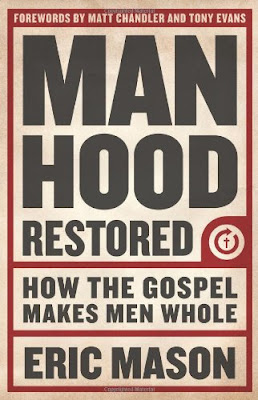Book in Review: "The Silmarillion"
 Though I am more of a historical nonfiction kind of guy,
those of you who know me most will know that I have a soft spot for
Tolkien’s masterpiece: The Lord of the Rings. Maybe too soft a spot. I remember at the ripe age of
nine going to the movie theater with my father to watch the first of the series
(The Fellowship of the Ring) and leaving absolutely hooked. My imagination was ignited by a
larger than life world with larger than life conflict and characters. For years
since I spent many hours in the backyard with my neighborhood friend reliving
epic scenes and creating new ones.
Though I am more of a historical nonfiction kind of guy,
those of you who know me most will know that I have a soft spot for
Tolkien’s masterpiece: The Lord of the Rings. Maybe too soft a spot. I remember at the ripe age of
nine going to the movie theater with my father to watch the first of the series
(The Fellowship of the Ring) and leaving absolutely hooked. My imagination was ignited by a
larger than life world with larger than life conflict and characters. For years
since I spent many hours in the backyard with my neighborhood friend reliving
epic scenes and creating new ones.
Little did I know back then, but the Lord of the Rings was
only the tip of the iceberg of Tolkien’s work involving “Arda” (the realm that contains
Middle Earth). J.R.R Tolkien spent his entire life writing languages, adding
back stories, and assembling ages and ages of mythology for his world. Though
much of his ambitious work was never completed, there is far sufficient material out there to satisfy
the most die-hard and inquisitive of fans.
The Silmarillion is a posthumous publication of assorted
tails and myths meshed together in chronological order. It delves into the creation
of Arda by the Valar (gods) and the colossal struggle that ensued. To those who have read The Hobbit or The Lord
of the Rings, The Silmarillion answers many questions that seem to be left
unanswered. For what purpose were men, elves, and dwarves created? Who is
Sauron, and who was his ancient master Morgoth? Why are the elves yearning to
leave Middle Earth for the west and what on earth is a balrog? To a fan of The
Lord of the Rings, The Silmarillion answers these questions and much, much
more.
However, as many other reviewers have stated, this book is
not for everyone. The Silmarillion is written in mythical fashion and travels at a
blistering pace through thousands of years, introducing a multitude of
characters and scenes as you go. A flurry of
names, genealogies, regions, and geography can easily muddle any reader, and it forced me to spend significant time verifying who is who and where is where. A
quality reading requires patience and perhaps a quirky curiosity.
Nevertheless, the Silmarillion is at its best moments a work
of utter magnificence. It contains a fountain of excellent material (including plot
lines and dramas) which will only provide a better appreciation for both
Tolkien’s genius and as his more well-known books. Though this is not an
essential read for everyone who enjoys the Lord of the Rings, those curious
enough to take on the Silmarillion will be rewarded. I for one am glad I took
the time.
If you are a fan of Tolkien (or would like to be) check out
this link that prescribes a reading order of his publications.



Comments
Post a Comment